The Waikareao Estuary mudflats served as Tauranga’s first airfield with World War I pilot Philip Fowler landing his Avro biplane there in April 1922. Landings and take-offs could only take place an hour or so either side of low tide for obvious reasons and Takitimu Expressway now covers the site.
Map No. 1
Ngā Tapuwae ki Te Papa |
Footprints on Te Papa.
Waikareao Estuary
Waikareao estuary is of great significance to Ngāi Tamarāwaho of Huria Marae. The first use of the Waikareao Estuary was an airfield was in April 1922 when World War I pilot Philip Kenning Fowler landed his Avro biplane on the mudflats between Williams Street and Elizabeth Street. In 1932 aviator and aircraft manufacturer Hilda Beatrice Hewlett (née Herbert), the first British woman to obtain a pilot’s certificate, was elected president of the Tauranga Aero and Gliding Club. The club built a hangar at the western end of Elizabeth Street which served until the Mount Maunganui aerodrome opened in 1939. Australian aviator, Sir. Charles Kingston Smith, landed on the estuary in his famous monoplane, ‘Southern Cross’, in January 1933, followed in December by fellow aviator Charles Thomas Philippe Ulm in ‘The Faith of Australia’. Landings and take-offs on the mudflats could only take place an hour or so either side of low tide, and the Tākitimu Expressway now covers the site.
See images descriptions below:
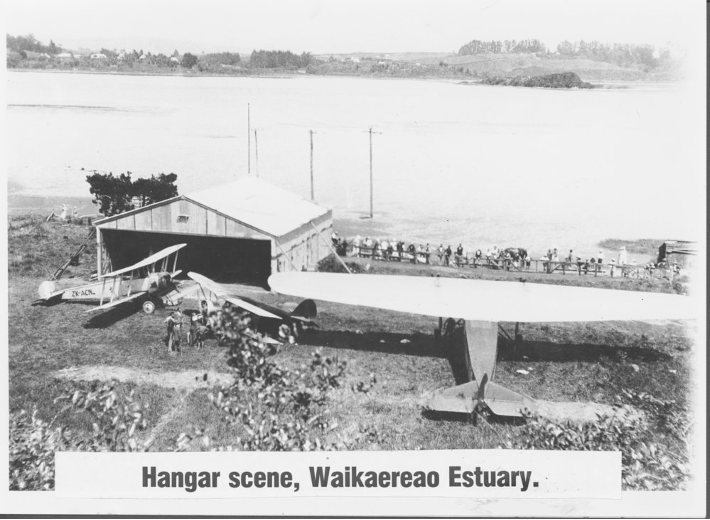 | Hanger scene Description: In 1933 the Aero Club Hanger and clubhouse was built at the eastern end of Elizabeth Street. The Waikareao Estuary (misspelt in the caption) was used as a landing placethroughout the 1930s. It was in 1933 that that Kingsford Smith and ‘Southern Cross’ visited with flights landing and taking off from the tidal flats. One of several aero craft themed photographs donated by Gavin Meadows. |
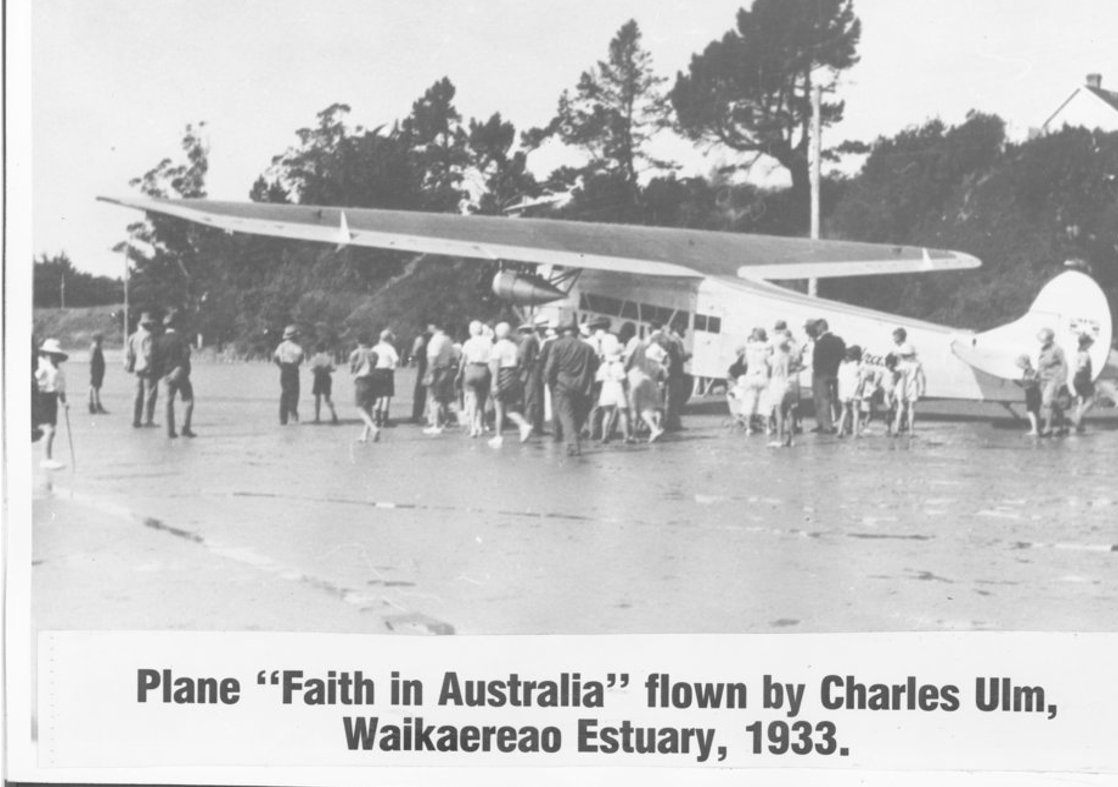 | 'Faith in Australia Description' In 1933 this Avro 10 Fokker aeroplane was the largest to have visited New Zealand. It landed on the Waikareo Estuary in Tauranga on December 29, 1933, having taken off in Rotorua. It was flown by Flight Lieutenant Charles Ulm who was one of the pioneers of long distance flight. The craft was Ulm's personal aeroplane after buying it from the failed Australian National Airways, a company he had established with Kingsford Smith. It was named "Faith in Australia". Ulm was to later die after ditching the aero craft at sea north of Hawaii having become lost and out of fuel. Details about the photograph and occasion can be read in the Bay of Plenty Times, 29 December 1933 edition, page 3. One of several aero craft themed photographs donated by Gavin Meadows |
Biography, Hewlett, Hilda Beatrice
Hewletts Rd at Mt Maunganui is named after Hilda Beatrice Hewlett, who in 1911, was the first woman in Britain to get her pilot's license. Hilda was known for making planes as well as flying them. As Hilda went on to live in Tauranga. where, in 1928–29 Hilda Hewlett bought four sections on Edgecumbe Road in Tauranga, overlooking the Waikareao tidal estuary, which had served as the town's flying field for eight years. Landing and take-off could take place only for an hour or so either side of low tide. In June 1932 the Tauranga Aero and Gliding Club was established and Hilda was elected its inaugural president the following month. The aero club soon obtained land at the western end of Elizabeth Street to build a hangar and clubrooms. Read the Te Ara Biogrqphy of Hilda Hewlett here.
Hilda Hewlett from Aviation to Viticulture: by Tauranga City Libraries via Tauranga Historical Society Blog Post.
Waikareao Estuary from 21st Century
Today the Waikareao Estuary has become a favourite walking and cycling venue for inner city dwellers and visitors. There is an abundance of wetlands and wildlife to look out for on the journey. Visit the Fauna and Flora page of this website or see the back of the Historic Tauranga Map & Guide for more information on the wildlife.
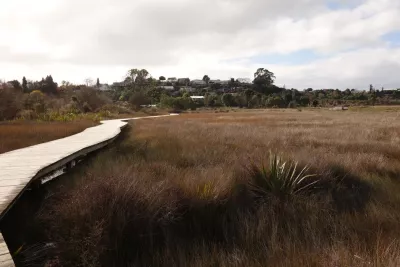 | 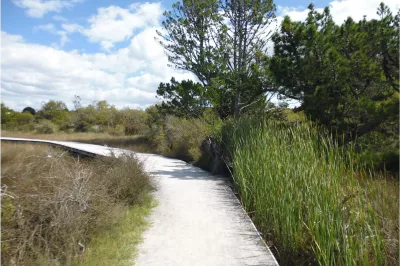 | 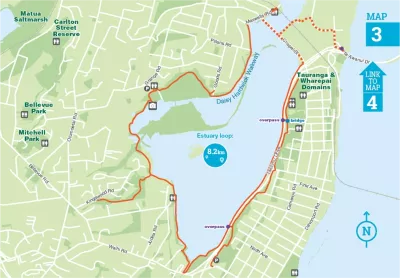 |